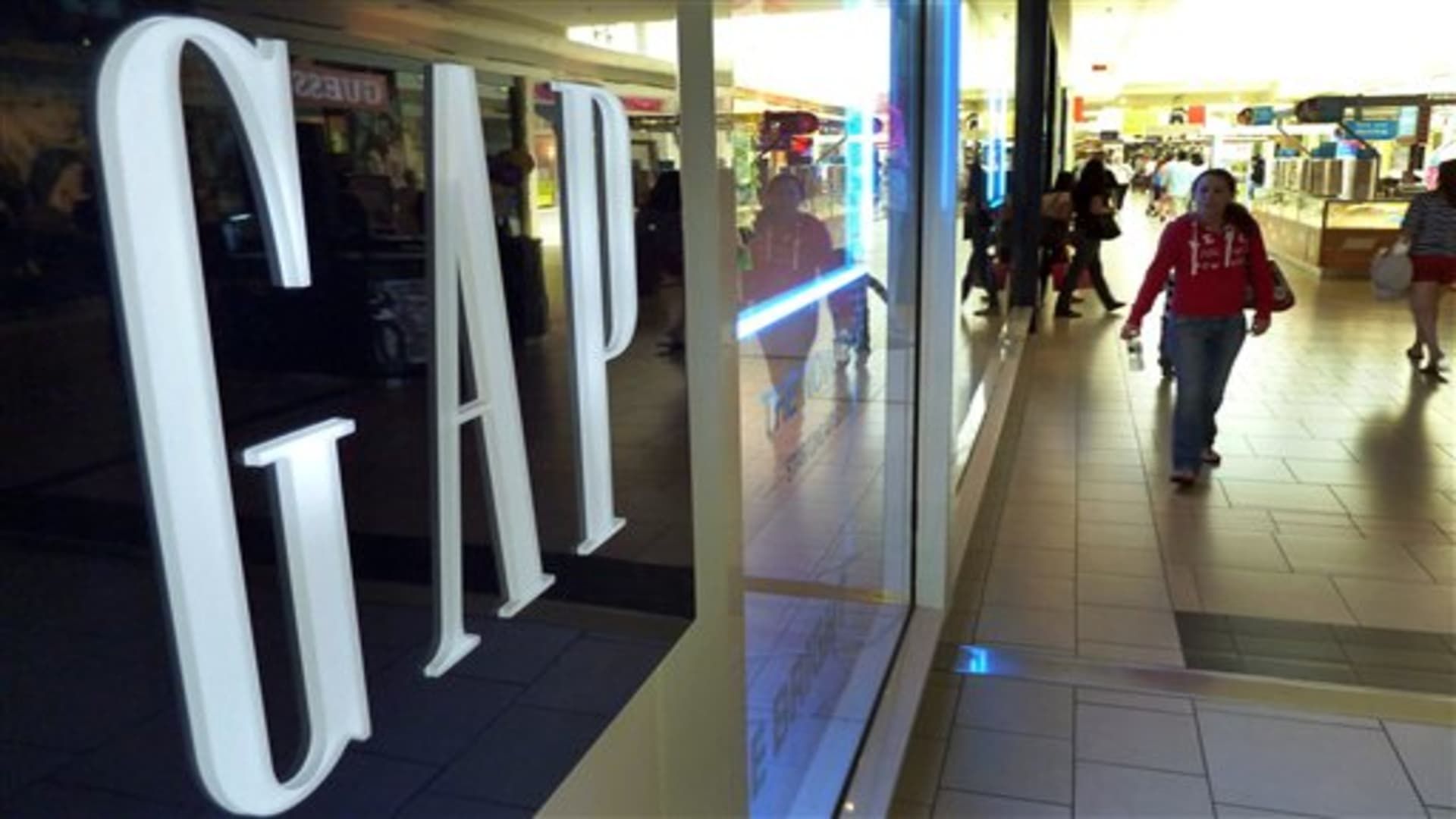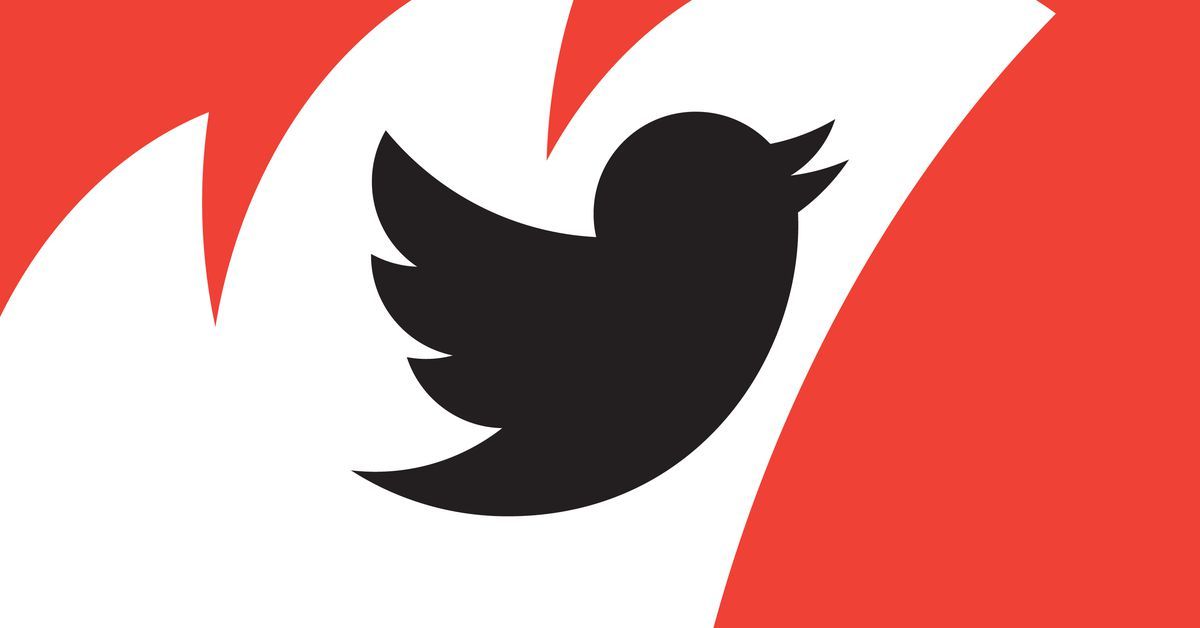Gap GPS Q1 earnings report 2023
The Gap logo is displayed at a Gap store on April 25, 2023 in Los Angeles, California.
Gap reported another quarter of net losses and declining sales across its four brands but the retailer insisted it's making progress — and has managed to significantly improve its margins, which sent shares surging in extended trading.
Here's how the apparel retailer did in its fiscal first quarter compared with what Wall Street was anticipating, based on a survey of analysts by Refinitiv:
Earnings per share: 1 cent, adjusted, vs. a loss of 16 cents, expected
1 cent, adjusted, vs. a loss of 16 cents, expected Revenue: $3.28 billion vs. $3.29 billion expected
For the three-month period that ended April 29, the company's net loss narrowed to $18 million, or 5 cents per share, from $162 million, or 44 cents a share, in the year-earlier period. On an adjusted basis, the company reported earnings of $3 million, or 1 cent per share.
Sales dropped to $3.28 billion, down 6% from $3.48 billion a year earlier.
Shares jumped more than 15% in after-hours trading on the improvement in gross margins.
Gap, which includes its namesake brand, Old Navy, Banana Republic and Athleta, has been without a CEO for nearly a year as it worked to restructure the business, understand its customers better and get back to profitability.
The retailer said that work is well underway — and acknowledged it has long been needed.
"Consistent with what you've heard from us over the last few quarters, we continue to take the necessary actions to drive critical change at Gap Inc., to further improve the trajectory of our business and to get us back on a path to delivering consistent results," interim CEO Bobby Martin told investors on an earnings call.
"I understand that we have surfaced these issues before, and what I would say is simply this work has been derailed for far too long and it is imperative that we get after it in earnest," he said.
Last month, Gap told investors it will lay off about 1,800 employees, more than three times as many as the 500 layoffs it announced in September, as part of a broad effort to cut costs and streamline operations.
Between this year and last, the company has cut 25% of its headquarters roles, which has increased the number of direct reports each manager has from two to four and reduced management layers from 12 to eight, the company said.
The cuts remove layers of red tape and bureaucracy that will allow Gap to be more nimble in its decision-making and focused on its creative efforts, the company said.
In March, it also announced a major leadership shake-up. Athleta CEO Mary Beth Laughton left the company and its chief growth officer role was eliminated. Gap announced its chief people officer Sheila Peters would also be leaving, albeit at the end of the year.
During an earnings call with investors, Martin said the search for a new CEO continues, but he didn't share a timeline of when the job would be filled.
"When I took the role of interim CEO in July, I did not expect to still be speaking to you in our first-quarter earnings call," said Martin. "But this only underscores how strongly the board is committed to appointing the right person as our next CEO, one that has passion, strong vision and customer obsession that will take this company forward."
Martin said previously the next chief executive will be an external candidate.
In its most recent quarter, comparable sales were down 3% and store sales decreased 4% compared to last year.
Online sales, which represented 37% of total net sales, also dropped 9% year over year, but the company said that was due to the fact that sales trends are getting more in line with pre-pandemic metrics. But digital sales are up 39% compared to the fiscal first quarter of 2019, the company added.
In the year-earlier period, many retailers were still battling pandemic-related supply chain issues and it landed Gap with a glut of inventory the company had trouble selling because it was out of season or out of style.
Gap, like other retailers, relied on promotions to clear that inventory, particularly at Old Navy, but in its most recent quarter, it was able to hold the line on discounts — and benefit from reduced air freight expenses that have led to better margins for retailers across the industry.
Gross margins increased by 5.6 percentage points year over year to 37.1%, and improved on the prior quarter, too, when margins were 33.6%.
The company attributed the bump in margins to lower air freight expenses and a slowdown in discounting, which was partially offset by ongoing inflationary costs.
Source: CNBC


